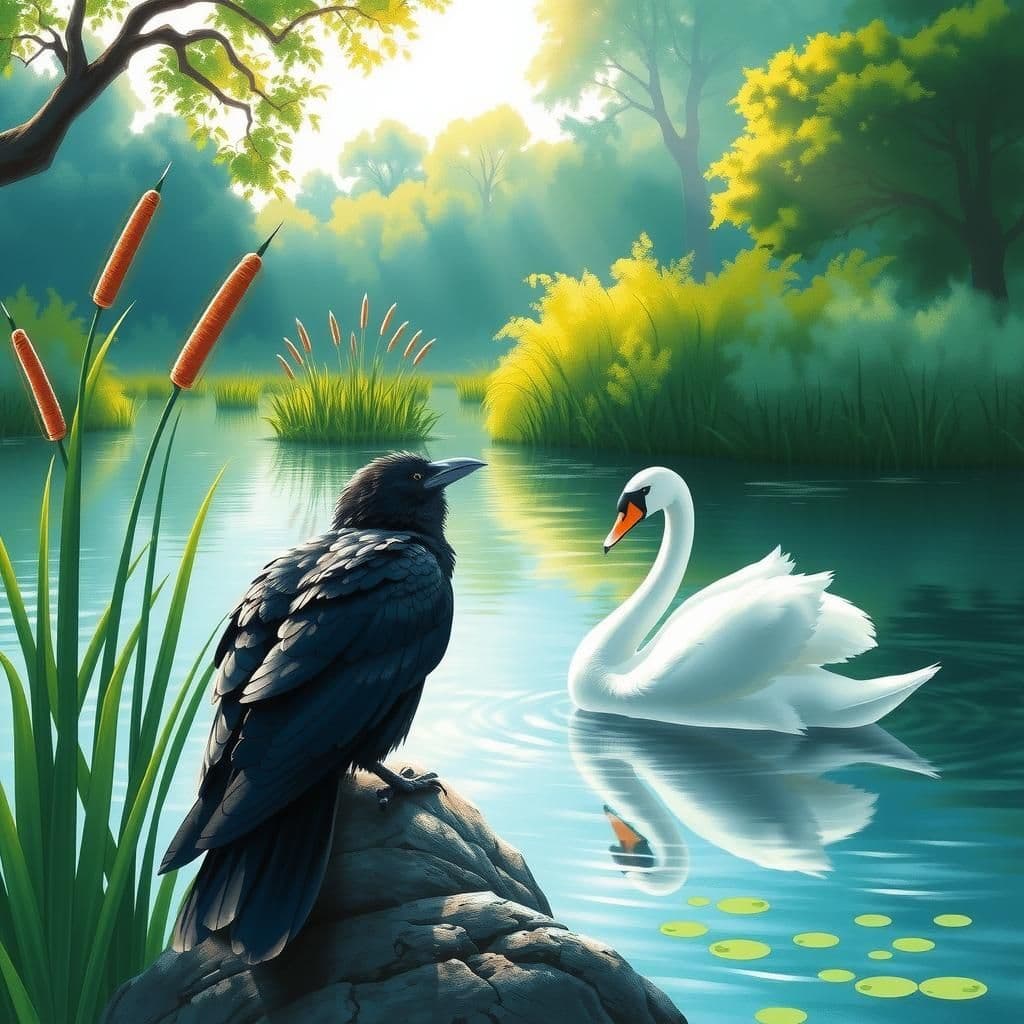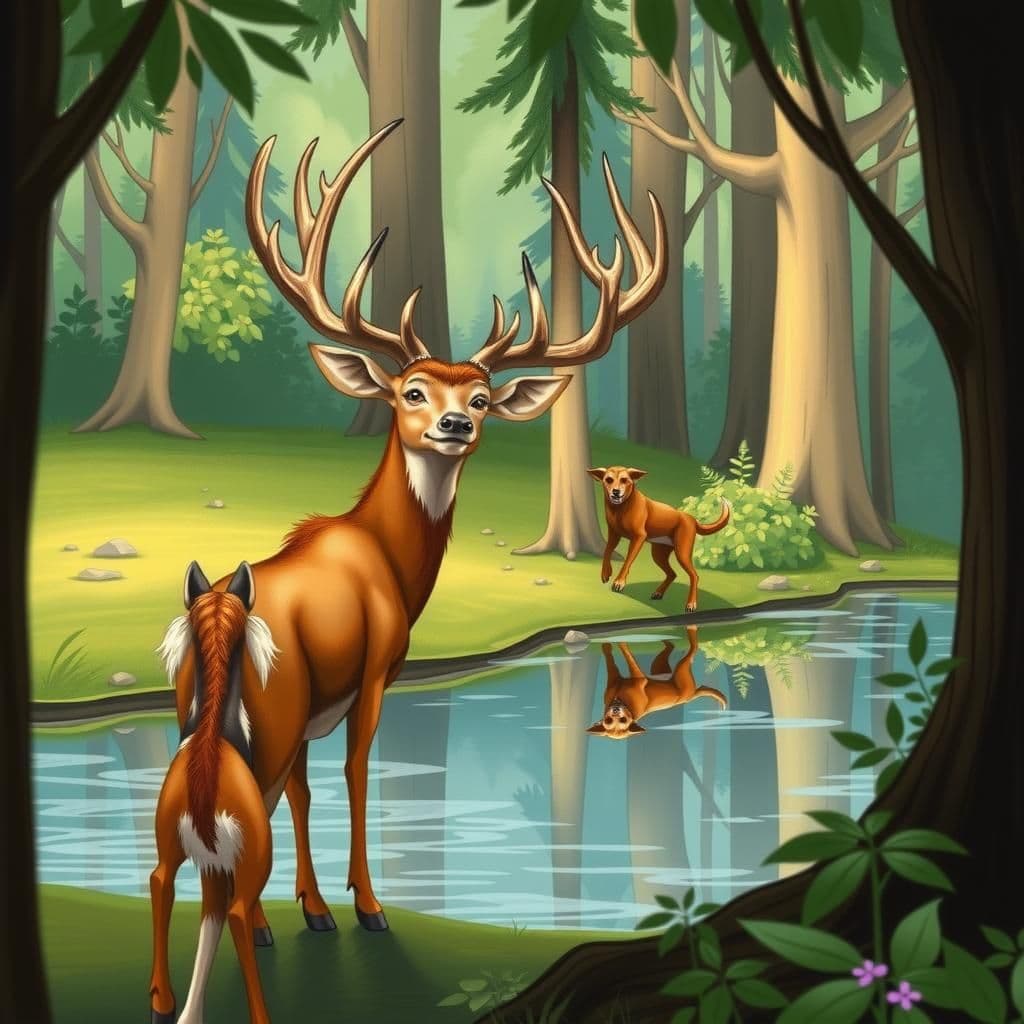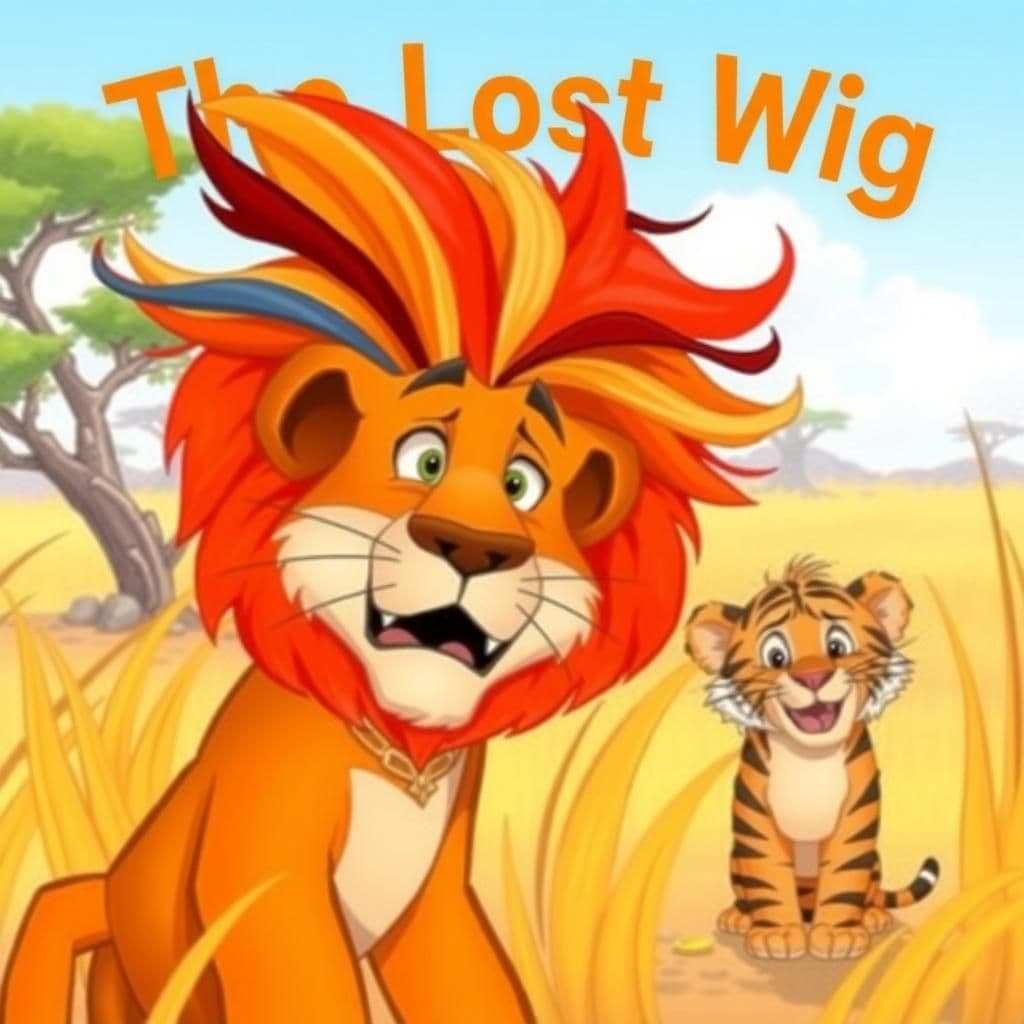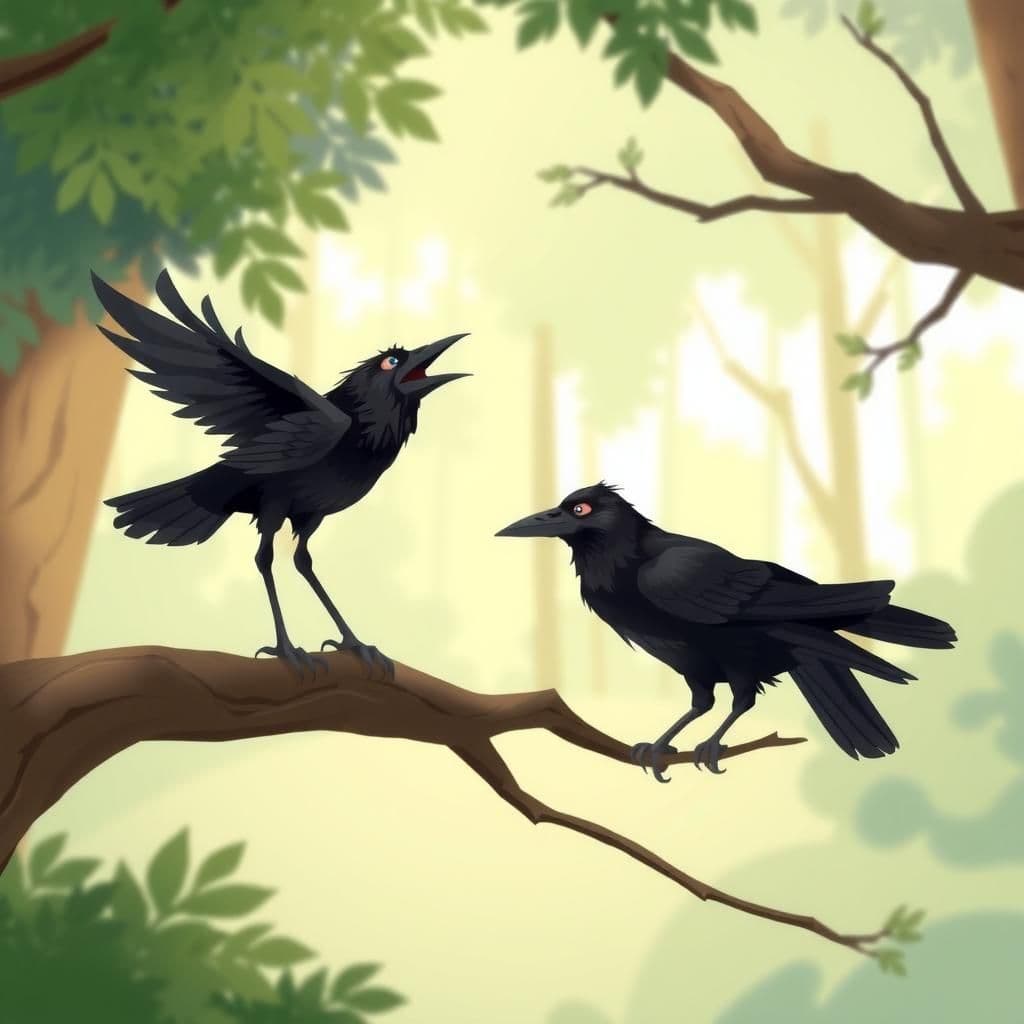The Raven and the Swan

Story Summary
In "The Raven and the Swan," a raven envies the swan's beautiful white feathers and mistakenly believes that washing in water will grant him the same appearance. This simple moral story illustrates that despite his efforts to change his habits, the raven cannot alter his inherent nature, ultimately leading to his demise from starvation. Such short and sweet moral stories remind us that true change comes from within, not from superficial actions.
Click to reveal the moral of the story
The moral of the story is that one cannot change their inherent nature by merely altering their environment or habits.
Historical Context
This fable, attributed to Aesop, reflects themes of envy and the futility of trying to change one's inherent nature. Originating in ancient Greece, Aesop's fables have been passed down through generations, often serving as moral lessons that critique human behavior. The story illustrates how desire for superficial attributes can lead to self-destruction, a common cautionary tale in various cultures.
Our Editors Opinion
This fable underscores the futility of trying to change one's inherent nature or identity in pursuit of superficial desires, a lesson that resonates in today's society where individuals often feel pressure to conform to unrealistic standards for success or beauty. For instance, a professional might abandon their authentic style and values to fit into a corporate culture that emphasizes a different appearance, ultimately leading to diminished self-worth and dissatisfaction, much like the Raven who lost both his health and identity.
You May Also Like

The Stag who Admired his Reflection
In this fable, a vain stag admires his beautiful antlers while lamenting his slender legs, believing the former to be more valuable. When a bloodhound pursues him, he discovers that his prized antlers hinder his escape, illustrating the simple moral that valuing beauty over utility can lead to one's downfall. This entertaining moral story serves as a reminder that what we often regard as beautiful may ultimately bring us strife, while the useful, though overlooked, is essential for survival.

The Lost Wig
In "The Lost Wig," a humorous old lion, who wears a wig to hide his baldness, tries to impress a tiger sister with a bow on a windy day. When a gust of wind blows his wig away, he feels foolish but cleverly quips about his predicament, showcasing the wit found in many famous moral stories. This short story embodies the charm of small moral stories and famous fables with moral lessons about embracing one's flaws.

The Crow and the Raven
In "The Crow and the Raven," a jealous Crow attempts to imitate the renowned Raven, a bird known for delivering omens, by cawing loudly to capture the attention of passing travelers. However, the travelers quickly dismiss the Crow's cries as meaningless, demonstrating that those who try to assume roles that don't suit them only end up looking foolish. This captivating moral story serves as a reminder that authenticity matters and aligns with the themes found in many famous moral stories.
Other names for this story
Feathers of Envy, The Color of Desire, Nature's Unchangeable Law, The Raven's Folly, Swan's Elegance, Beyond Black and White, The Illusion of Beauty, A Tale of Two Birds
Did You Know?
This fable illustrates the theme that one cannot fundamentally change their inherent nature or identity, no matter how much they may desire to emulate others. It serves as a cautionary tale about the dangers of envy and the futility of trying to attain qualities that are unattainable.
Subscribe to Daily Stories
Get a new moral story in your inbox every day.